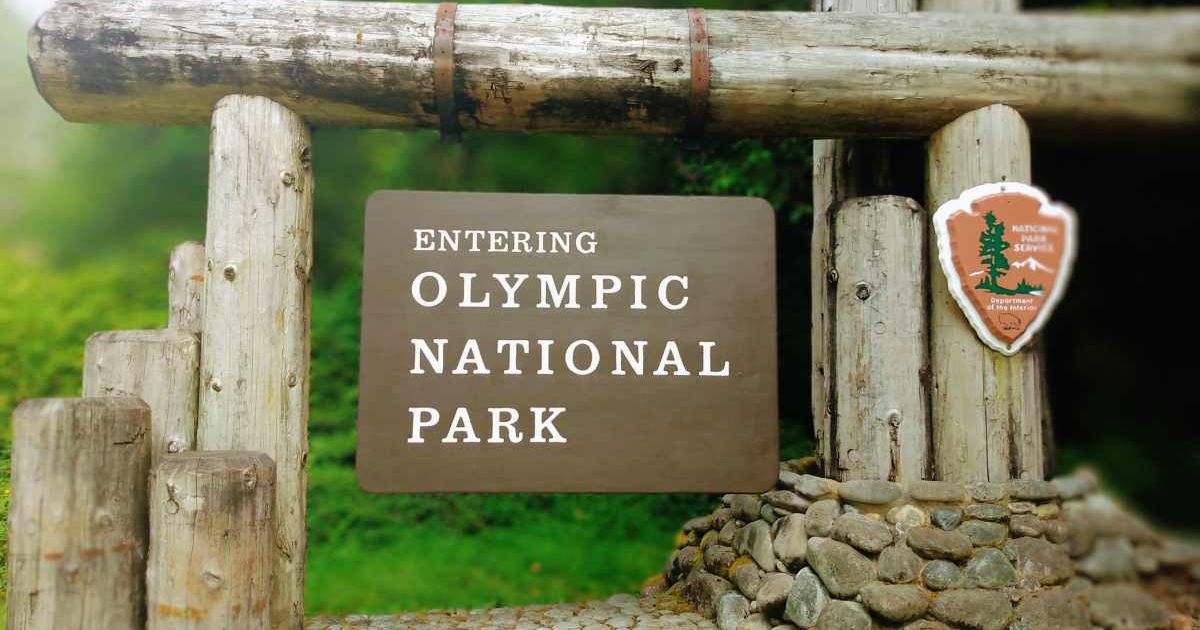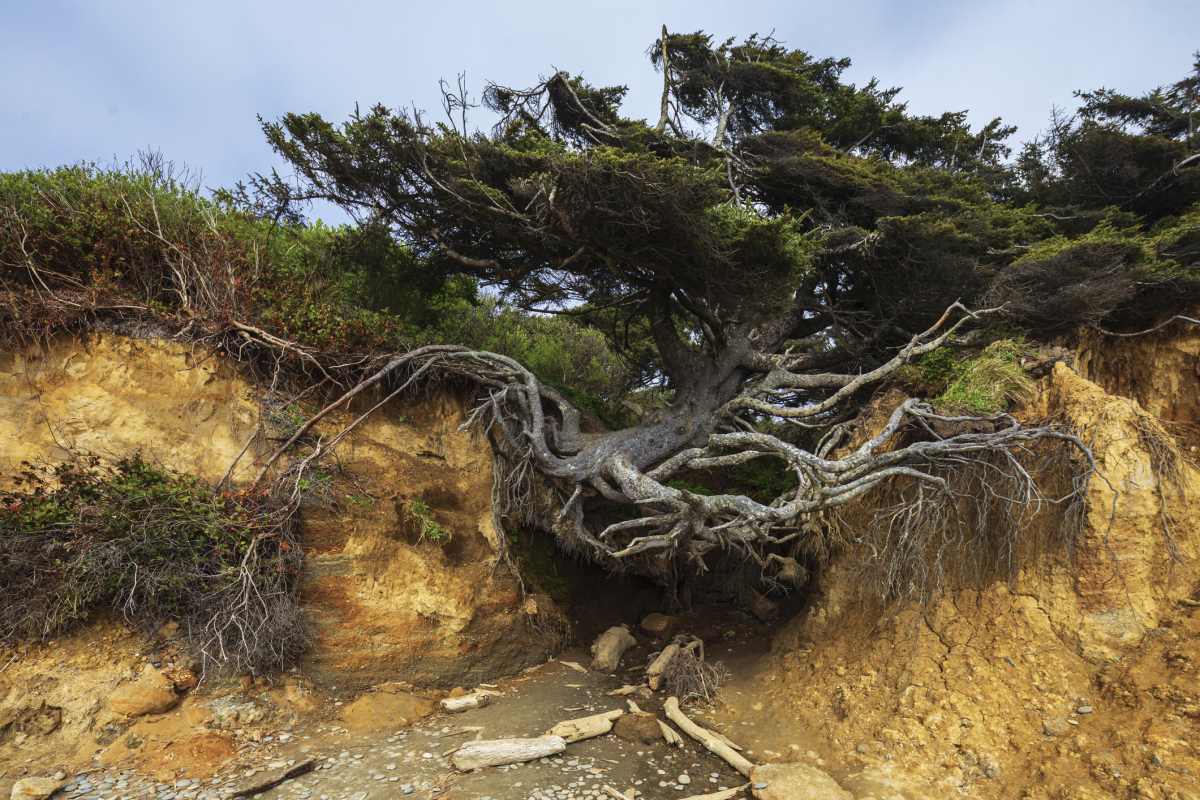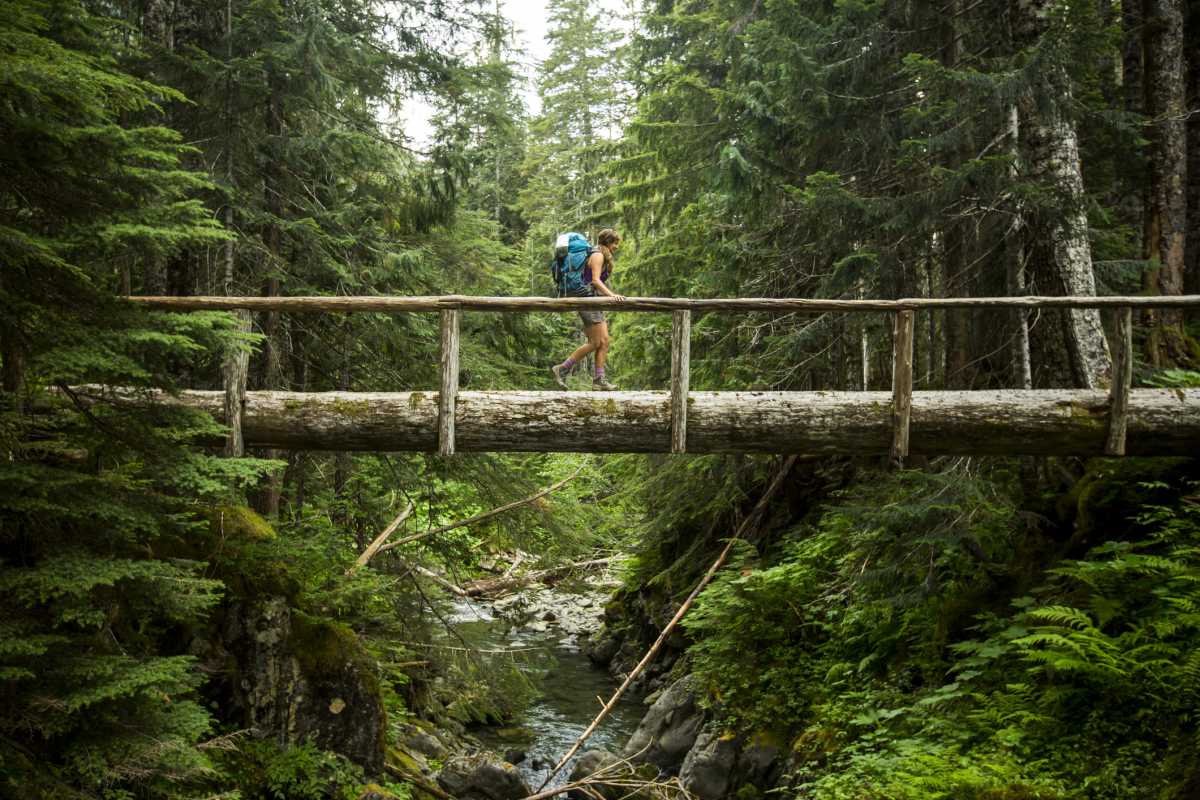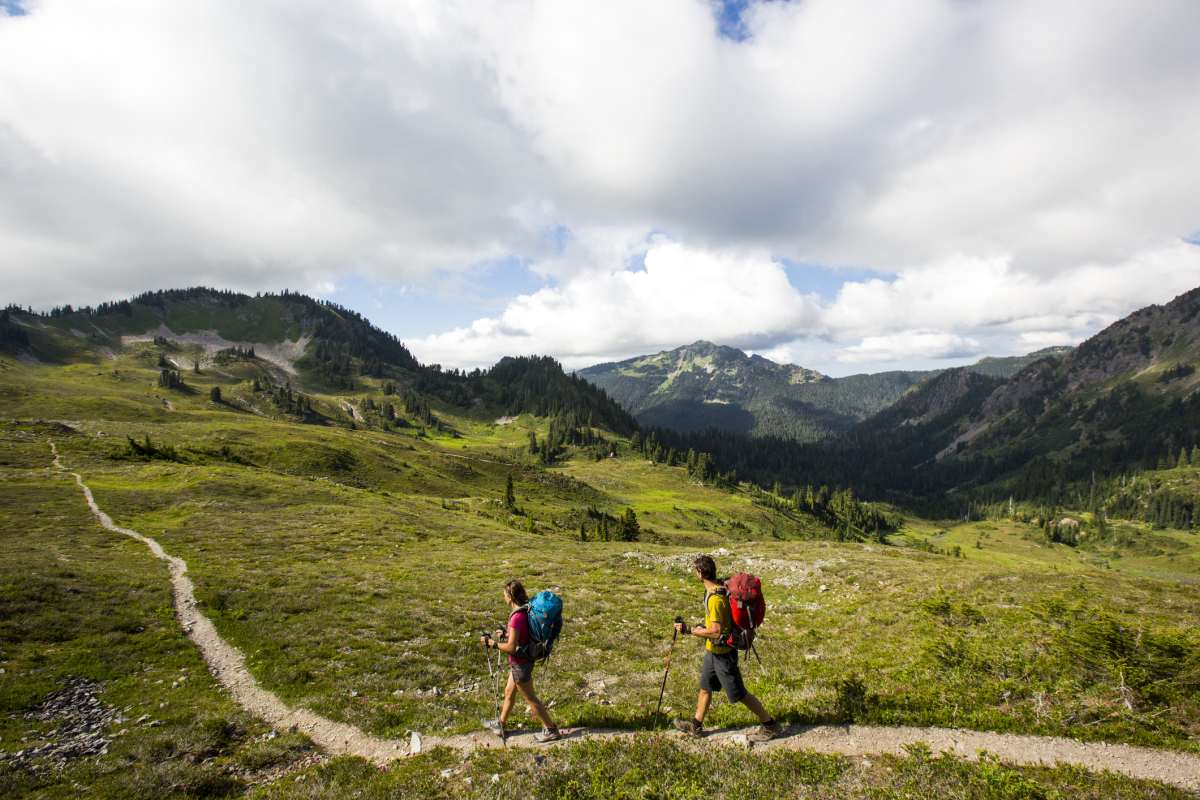Nature Is Slowly Crumbling the Roads in This National Park in Washington — Officials Are Helpless

Climate crisis, this devil has turned the moiling waters of the Pacific Ocean destructive. Pacific, which drinks up almost half of the Earth’s carbon dioxide to protect the planet, is now suffocating. And as these toxin-laced waters are gulped down and breathed by sea lion pups and fish residing inside, it is slowly choking life. Meanwhile, sitting on the tip of a cliff looming from the Kalaloch Beach in Washington, the “Tree of Life” is showing signs of an upcoming, brutal collapse, The Travel reported.

The foamy waves of the Pacific crash and bang against the seashore bluff, clinging to which, this ancient gravity-defying Sitka spruce towers into the sky at about 40 feet. But now, as soaring temperatures cause the sea levels to rise and greenhouse gases to heat up the planet, the tree is in a slump, destabilized, on the verge of death. Sadly, it is not just the “Tree of Life.” The entire campus of Olympic National Park, where this tree stands, is currently ravaged by the same boogeyman. Roads, for instance. In a report published by SFGate, park officials lamented the condition of crumbling roads. Olympic has already lost its southern route, thanks to erosion.

Speaking with SFGate, the Jefferson County Commissioner Greg Brotherton, revealed that the Olympic Peninsula Park roads are tumbling down at a faster rate than authorities can fix them. The looming decline in the budget has made the issue even worse. The initial estimate to repair the washout was $600,000. With just two million dollars of budget to maintain the county’s 400 miles of roadways, the price tag is too high for the local government.

“It’s just beyond our capacity to do that without federal help,” Brotherton told SFGATE. “It’s been tough with the new administration and also a lot of turnover at the Washington State Department of Transportation. Both the state and federal funding sources have kind of dried up.” In addition to the restoration budget, the transportation budget is dwindling similarly. The park officials recently announced that it is in the early stages of “critical failure” and it needs an additional $8 billion over the next decade to maintain the infrastructure.

Ideally, the park would look towards the Federal Highway Administration’s emergency relief program or the Federal Lands Access Program for assistance. But now, with no availability of funds from these organizations, the future of the park’s architecture looks bleak. “Despite the county’s best efforts, no one will decide the federal level to fund it,” Monte Reinders, the public works director for Jefferson County, told SFGATE, “and now there’s no one home at the federal government to even wring their hands over the decision.” The washout, he said, will remain unrepaired this winter and is expected to grow significantly in size as a result. “It’s only going to get more expensive,” he reflected.

It is not just the beloved “Tree of Life” and the roads in Olympic that are grappling with the monstrosity of climate change. Earlier this year, the Washington State Standard reported that the park’s popular Hoh Rain Forest is facing a similar issue after a road washout threatened to rip away and cut off the area for visitors just before the high season began in April. Somehow, the officials managed to procure funds from lottery winnings and the road was reopened in the mid of May. With this, Olympic continues to remain in the petrifying grip of the destructive planetary shift.
More on Green Matters
Yosemite National Park Turns 135, but Its Land and History Are Under Threat From Humans
Zion National Park Visitors Are ‘Inspired’ After Reading These Orange Signboards Across the Park
Visitors Annoyed as Drinking Water Turned Brown in California’s Smallest National Park Amid Shutdown